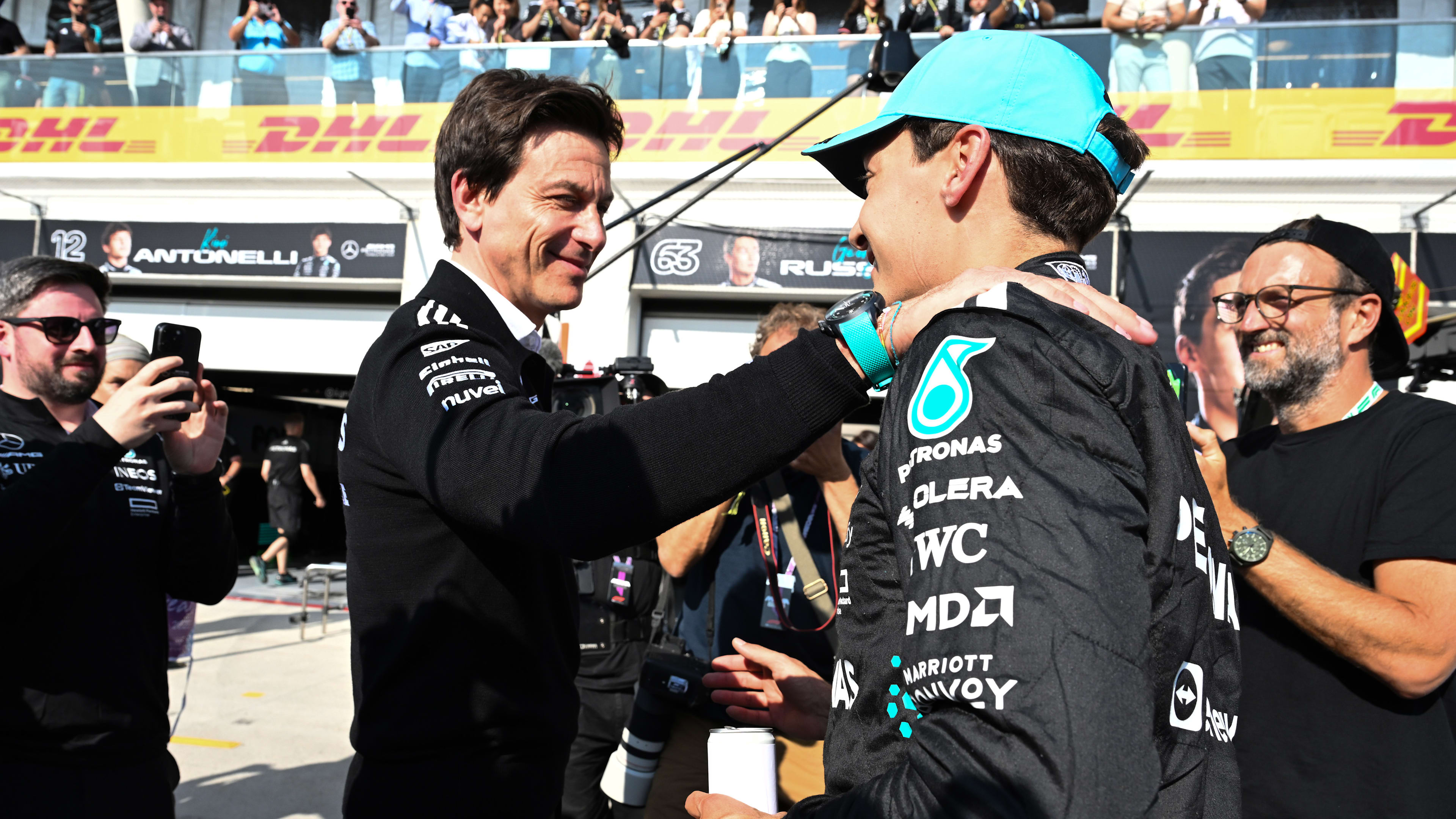What Happened
The Canadian Grand Prix, held at the Circuit Gilles Villeneuve, featured an exciting qualifying session that saw George Russell of Mercedes secure pole position for the race, edging out Max Verstappen of Red Bull Racing by 0.160 seconds. Russell’s lap time of 1m 10.899s marked his sixth career pole in Formula 1 and was particularly notable given the competitive field, which included strong performances from McLaren and Ferrari drivers. Team principal Toto Wolff praised Russell’s performance, suggesting that it strengthens the case for extending his contract with Mercedes, which is currently set to expire at the end of 2025.
The qualifying session was not without its controversies, as Yuki Tsunoda of Red Bull received a 10-place grid penalty for overtaking under red flags during practice, which significantly impacted his starting position. This penalty, along with other incidents during qualifying, reshuffled the grid, affecting several drivers’ strategies for the race. Oscar Piastri of McLaren qualified third, while other notable drivers like Lewis Hamilton and Lando Norris faced challenges that placed them further down the grid.
Key Details
-
Qualifying Results:
- Pole Position: George Russell (Mercedes) - 1m 10.899s
- 2nd Place: Max Verstappen (Red Bull)
- 3rd Place: Oscar Piastri (McLaren)
- 4th Place: Kimi Antonelli (Mercedes)
- 5th Place: Lewis Hamilton (Ferrari)
-
Grid Penalties:
- Yuki Tsunoda (Red Bull) received a 10-place penalty for overtaking under red flags, starting from the back of the grid.
- Isack Hadjar (Racing Bulls) received a three-place penalty for impeding Carlos Sainz during qualifying.
-
Team Dynamics:
- Toto Wolff expressed confidence in Russell’s abilities, indicating that his performance is a strong argument for a contract extension.
- Russell’s performance was highlighted as one of the best pole laps in recent history, considering the competitive nature of the field.
-
Race Strategy:
- The potential for a one-stop or two-stop race strategy was discussed, with tire degradation and weather conditions expected to play significant roles in the race outcome.
Multiple Perspectives
The qualifying results have generated various interpretations among analysts and team representatives. Wolff’s comments on Russell suggest a positive outlook for the driver’s future with Mercedes, emphasizing his leadership and performance capabilities. Conversely, some analysts note that while Russell’s lap was impressive, it was also aided by the struggles of other teams, particularly Red Bull and McLaren, which may not have performed at their peak during qualifying.
Max Verstappen’s reaction to his second-place finish was less enthusiastic, as he expressed frustration over his car’s performance and the ongoing discussions about his penalty points. His comments reflect a broader sentiment among drivers regarding the impact of penalties on race dynamics and personal performance.
From McLaren’s perspective, the qualifying results were mixed. While Piastri’s third-place finish is a strong indicator of the team’s competitiveness, Lando Norris’s seventh-place start raises questions about the team’s overall strategy and execution during qualifying. Norris’s team principal, Andrea Stella, indicated that adjustments might be necessary moving forward, particularly in light of the team’s performance relative to their rivals.
Context & Background
The Canadian Grand Prix is a significant event in the Formula 1 calendar, known for its challenging circuit and enthusiastic fanbase. The 2025 season has seen a competitive landscape, with teams like Mercedes, Red Bull, and McLaren vying for supremacy. Russell’s pole position is particularly noteworthy as it underscores Mercedes’ ongoing efforts to regain a competitive edge after a challenging previous season.
The penalties and incidents during qualifying also highlight the increasing scrutiny on driver behavior and race regulations, which have become focal points in discussions about fairness and competition in Formula 1. The implications of these penalties extend beyond individual races, potentially affecting championship standings and team strategies throughout the season.
What We Don’t Know Yet
As the race approaches, several uncertainties remain. The impact of weather conditions on tire performance and race strategy is still to be determined, as temperatures can significantly affect car handling and tire degradation. Additionally, the long-term implications of Russell’s performance on his contract negotiations with Mercedes are yet to be clarified, as discussions may evolve based on race outcomes and team dynamics.
Furthermore, the potential for further penalties or incidents during the race adds an element of unpredictability. The strategies employed by teams, particularly regarding pit stops and tire choices, will also be critical in determining the race’s outcome. As teams finalize their preparations, the focus will shift to how drivers navigate the complexities of the Circuit Gilles Villeneuve under race conditions.


